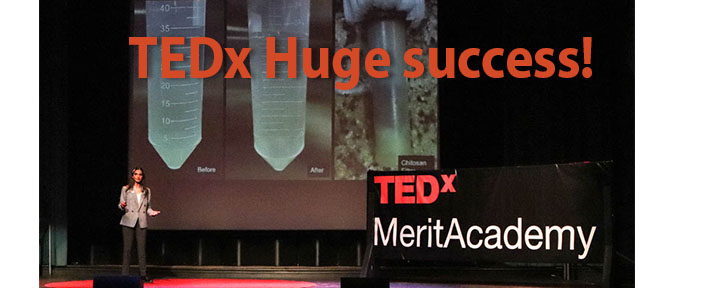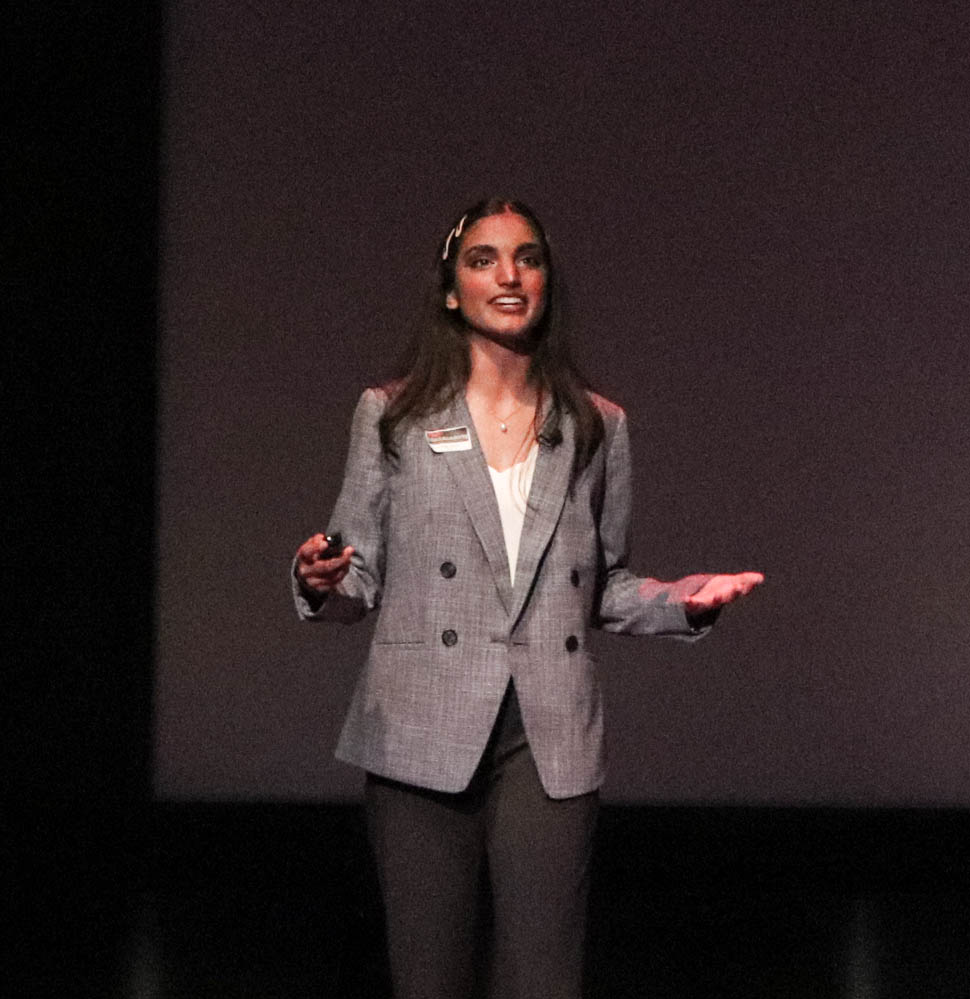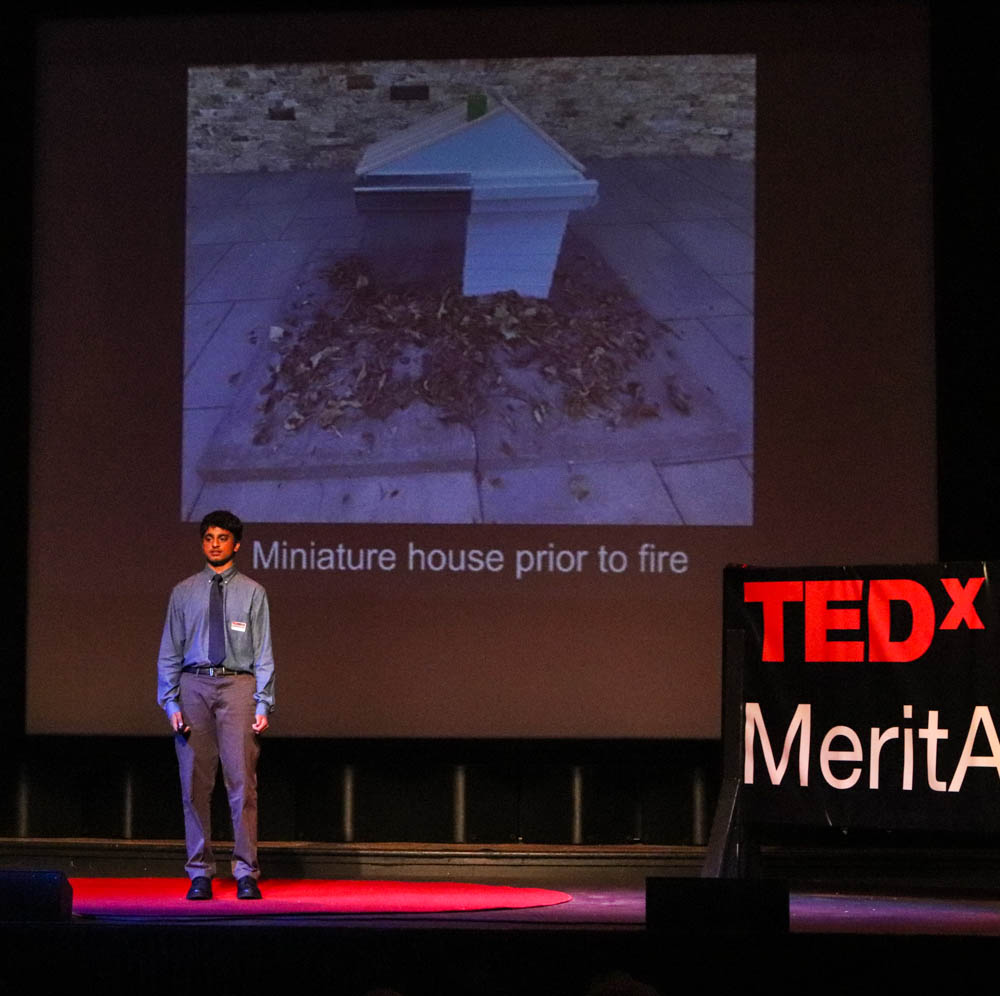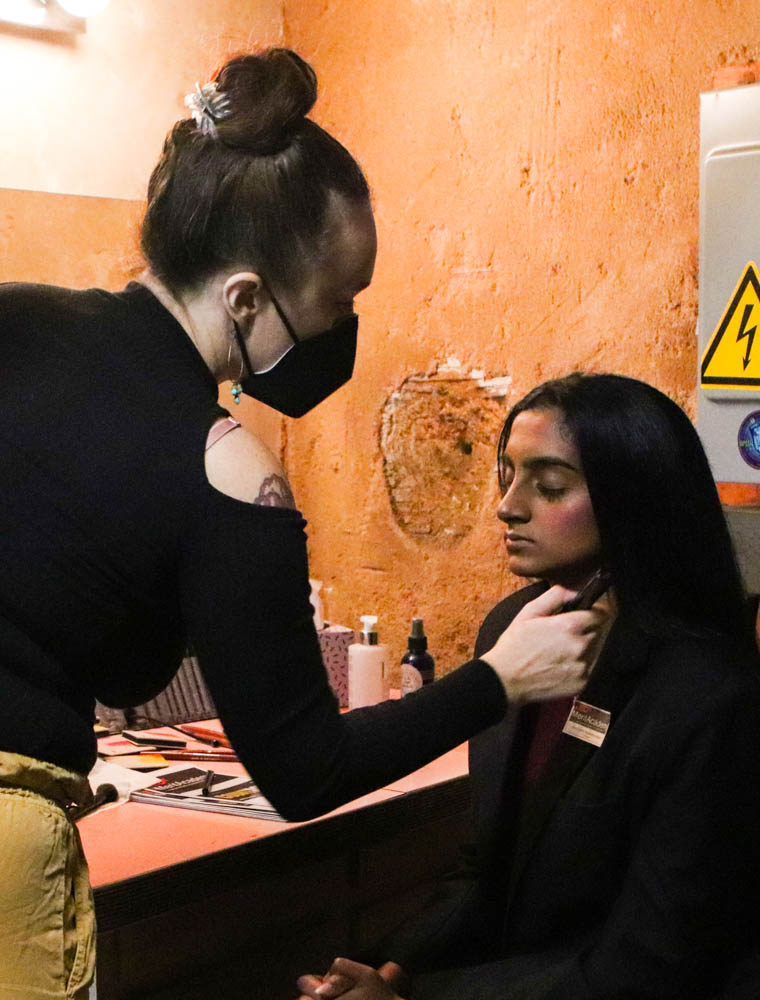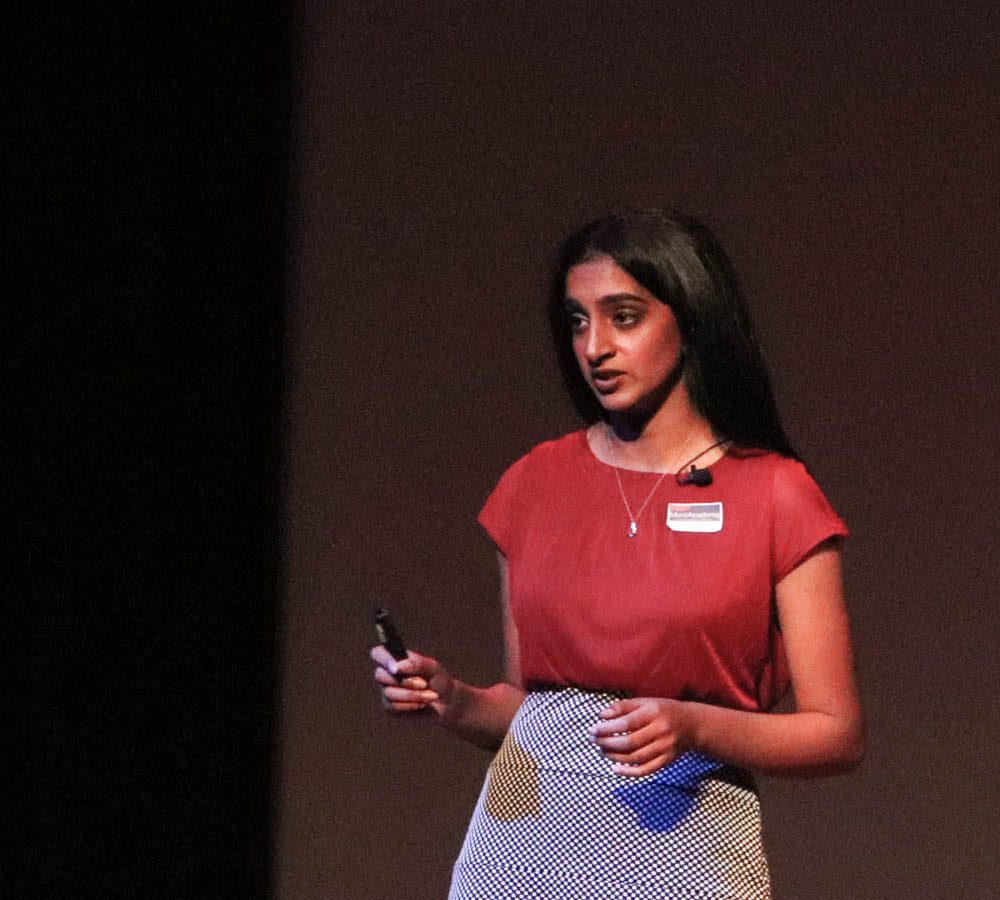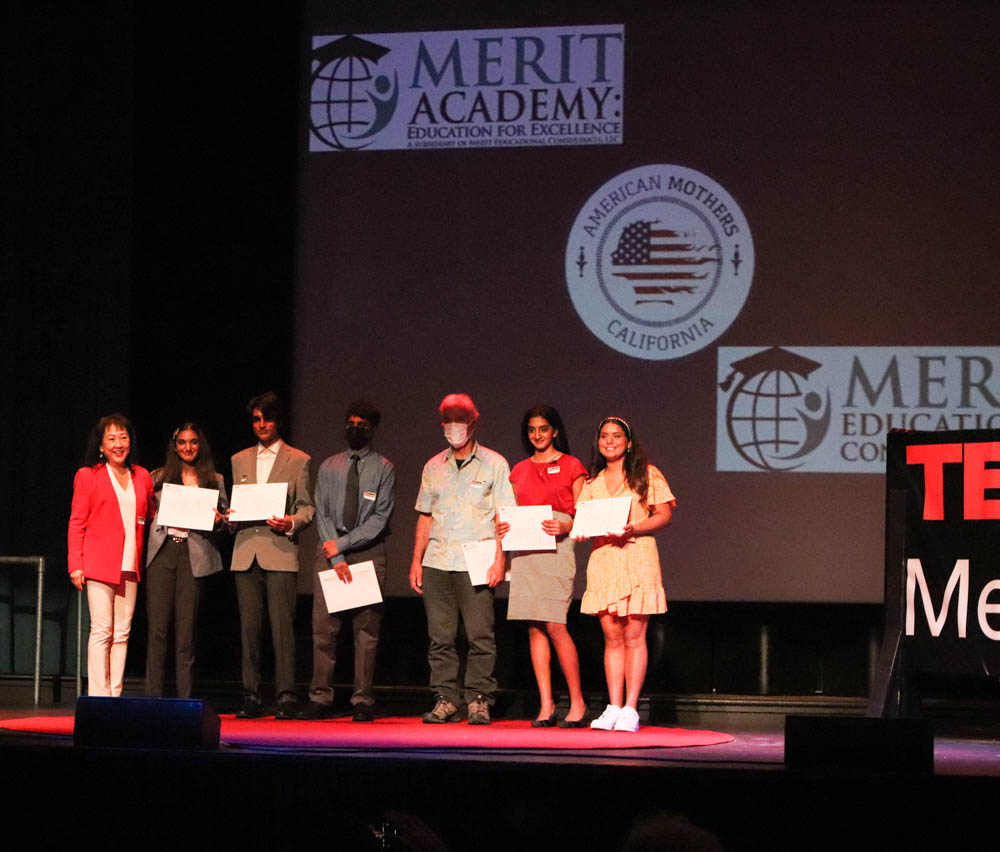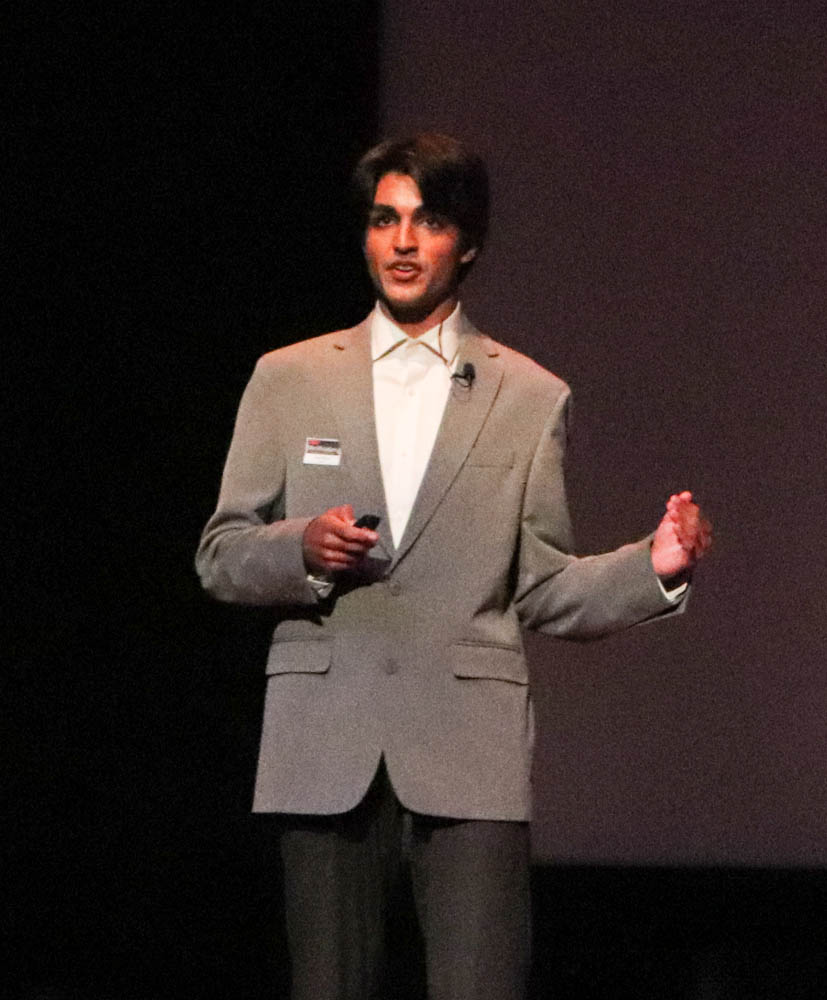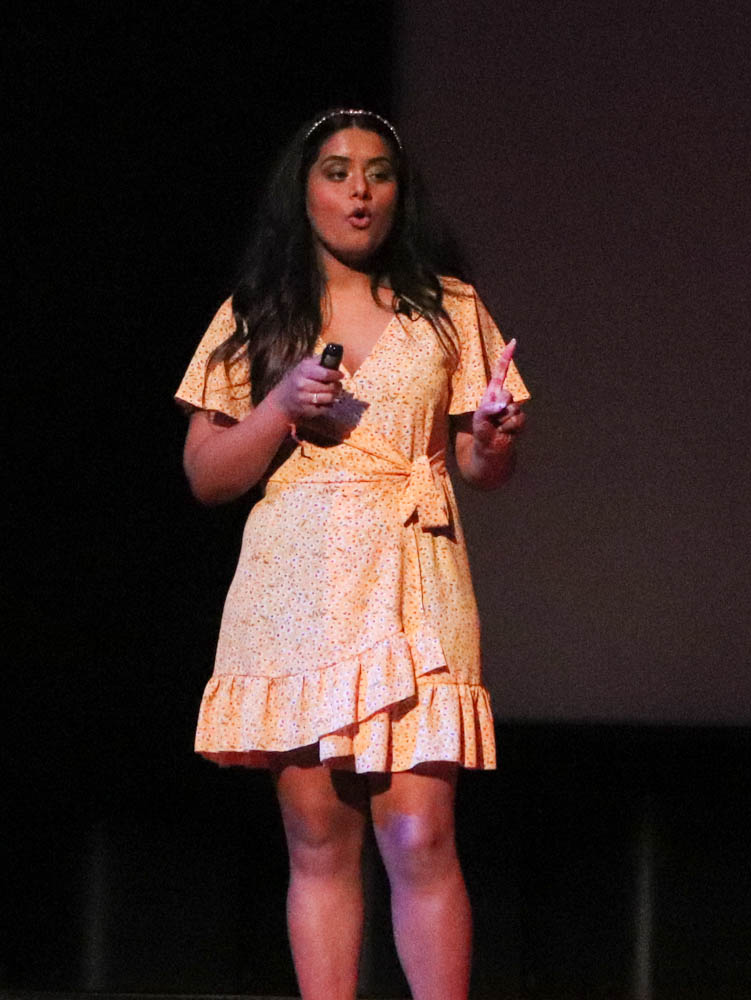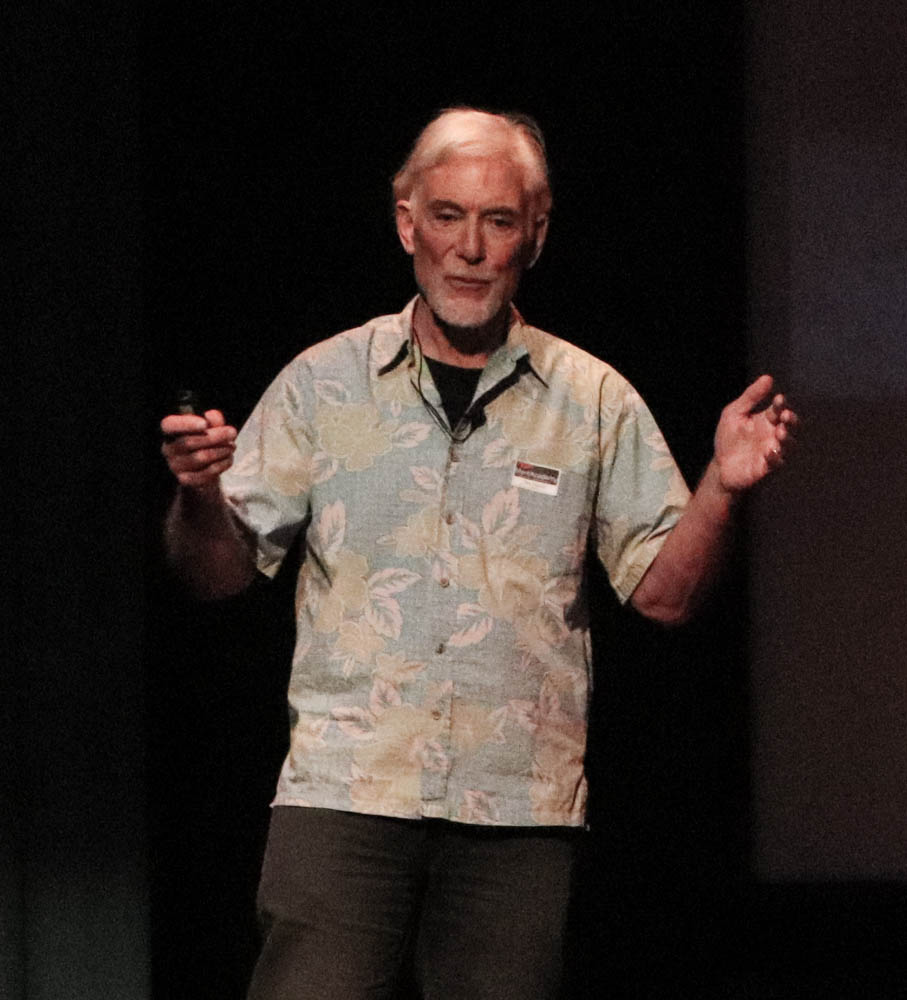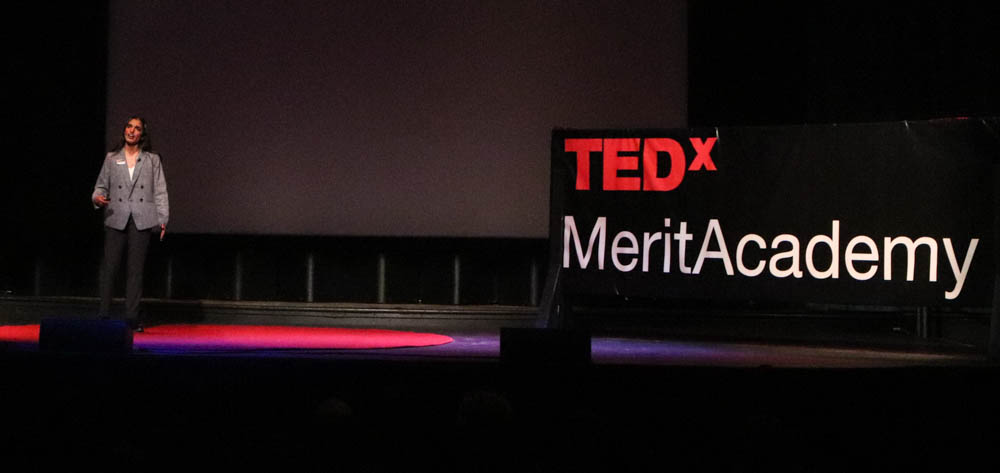
This year, the most competitive colleges rejected record numbers of applicants than in recorded history. That means that their previous admit rates of around 5% (Harvard) have dropped to 3.19%. We’ll get more data when other selective colleges release their admissions statistics for this year.
So what caused this uptick in applications this year?
Over 1300 colleges offered test-optional admissions due to COVID and difficulty finding testing sites during the pandemic. That means that students who usually score poorly on standardized tests, like the SAT and ACT, didn’t have to submit their scores and relied on their GPAs and extracurriculars. This opened the doors to many high school seniors who thought they would have a shot at an Ivy College.
After Harvard won the battle over using affirmative action in the complicated rubric for accepting students, elite colleges admitted record numbers of underrepresented racial and ethnic groups (increase of 5% for Black and Latinx applicants). Nearly 25% of Harvard’s incoming class comes from families with incomes under $75,000.
I’m curious to learn about how many legacy students were admitted this year. That’s a statistic that wasn’t published in the first wave of data for 2022.
Remember, these stats are just for the super elite colleges. Of the other 4000 colleges and universities in the United States, most are actually clamoring to get students to enroll for classes this fall. Some smaller colleges and community colleges have actually closed due to lack of enrollment during the pandemic.
For those students sitting with a handful of rejection letters (or emails), hope you take comfort in knowing that this year’s rejections are the highest ever and that colleges did not reject you because you weren’t qualified – they just received thousands of applications from qualified students who filled some aspect of their rubric for filling their incoming classes this year.
So if you’re not Black or Latinx, your parents went to college, or your parents aren’t alumni who have donated buildings, your application has to be that much stronger to compete with the students selective colleges are seeking this year. White and Asian students may be facing a different kind of problem – especially if their families are wealthy.
Take a breather from all the stress and anxiety you’ve faced over the past couple of months, and create 4-year plans for each of the colleges that you received admission to. Then, compare programs, majors, research opportunities, location, and costs.
By taking advantage of unique classes, top professors, internships, research programs, and clubs, you can create an excellent undergraduate education that prepares you for grad school or the start of your career. Lay out your entire 4-year plan before you head to college this fall. That way, you’ll pave a path that will create the network of colleagues – and letters of recommendation — for your future plans.
So, chins up! Those colleges will miss out on what you could have brought to their campuses this fall. Watch out world – here you come!

